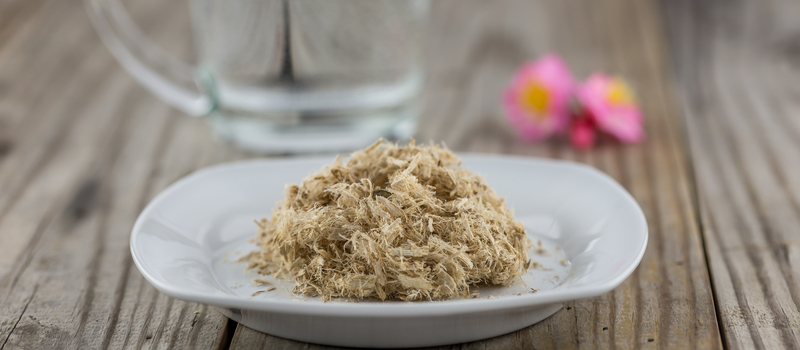Benefits of Slippery Elm
Published June 17, 2022

What is slippery elm?
The dried inner bark of the slippery elm tree (Ulmus rubra) has been used as a medicinal remedy by Native American healers for centuries. The name ‘slippery elm’ refers to the ‘slippery’ consistency of the bark when it’s mixed with water. This is due to its high mucilage content. Substances containing mucilage are capable of trapping water, which causes them to swell in size and develop a gel‐like consistency. Slippery elm is also a source of flavonoids including procyanidins, catechin and epicatechin.
How does slippery elm support your digestive tract?
The large amount of mucilage in slippery elm forms a gel‐like layer over the mucous membranes of the body, such as in the throat and digestive tract when it comes into contact with water. This coating soothes the surface.
Historically, in Western herbal medicine, slippery elm has been used to relieve irritated and inflamed tissues, especially the lining of the digestive tract and stomach. It may be suitable for those who experience irritation of the digestive tract.
How do I take slippery elm?
Slippery elm is available in powder and capsule form. Capsules can be opened and mixed with water to create a soothing drink. It’s recommended that slippery elm be taken before meals. As a precaution, it’s advised to take slippery elm away from other medicines.
Always read the label and follow the directions for use.
MAT-AU-2200517
Learn about which Nature's Own product may be appropriate for you.
SEE THE PRODUCTS HERE







